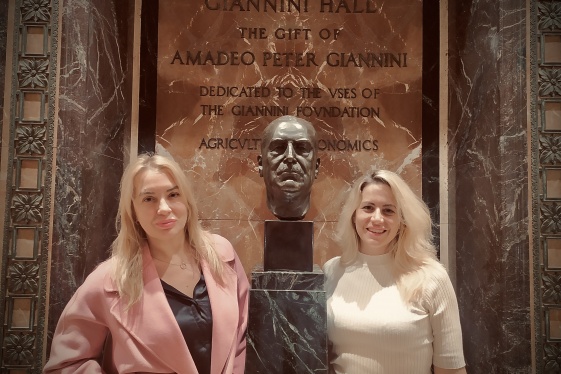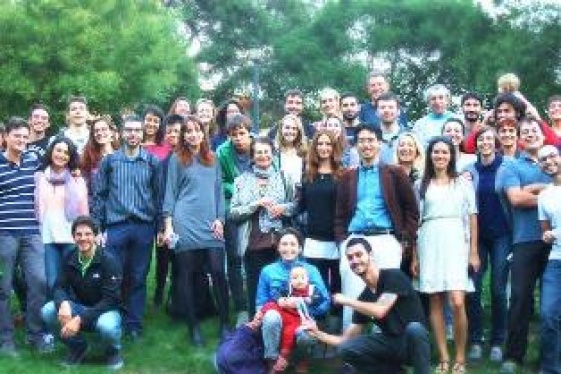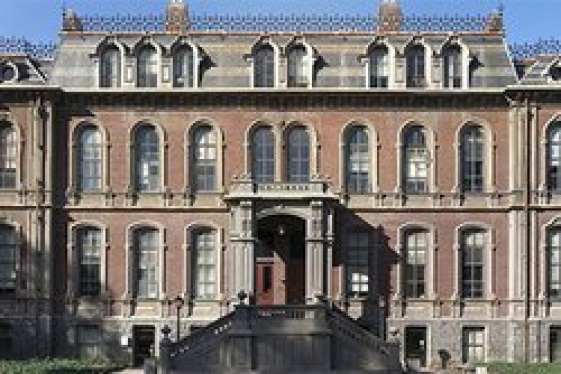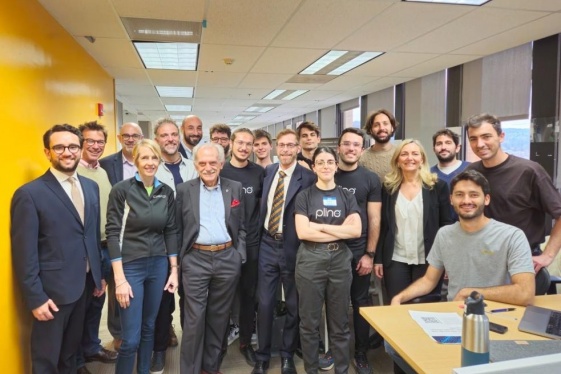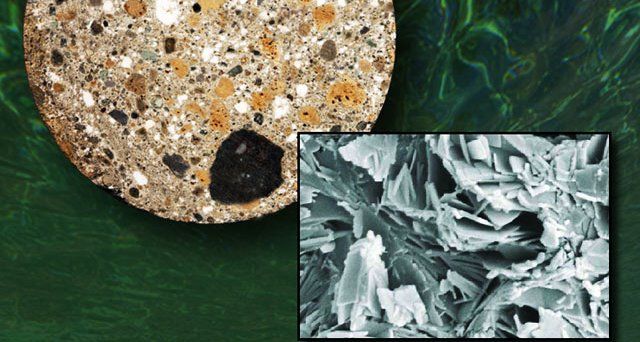

by Tim Layton
It only took us two millennia to figure out how the Ancient Romans made such amazingly durable concrete. Scientists at the Berkeley National Lab and a team of researchers from around the world have discovered the unique recipe used to construct Roman cities and landmarks—a surprising number of which still stand after 2000 years of use.
Compare that with modern concrete, which is engineered to maintain its design strength for anywhere from 50 to 100 years, and you can see the value of the Roman recipe. The two most surprising ingredients: Volcanic ash and seawater.
In addition to longevity, the Roman recipe is reported to be a much greener material, requiring substantially less energy in the manufacturing process.
Source: http://www.popularmechanics.com/
You may be interested
-
"AP GIANNINI - BANK TO THE FUTURE" A Cinemat...
In celebration of Italian Heritage and Culture Month in the U.S., production houses Daiton...
-
A breakthrough study by Enrico Moretti is nam...
By Claudia Astarita The findings of an Italian young and talented scholar Enrico Moretti...
-
A Look at the Italian Society at Berkeley
The San Francisco Bay Area is the location of the Berkeley campus of the University of Cal...
-
A Match Made in Water Polo Heaven: Luca Cupid...
A press release earlier today from Pro Recco, the Italian First Division water polo club,...
-
A pizza master opens her first place in Berke...
My Sicilian side can tend to dominate. That intense passion for the things I love, borderi...
-
AlmaLaurea and the University of California B...
An impressive amount of quality statistical documentation, the one collected over more of...
-
Ambassador Zappia’s visit to Berkeley Lab and...
A visit to Berkeley Lab, a research platform founded in 1931, supported by the Department...
-
An ‘amazing public orator’: UC Berkeley Itali...
Steven Botterill, a UC Berkeley professor of Italian studies, died at age 60 on May 5. Bot...



